You've seen the Dalmatian—maybe in a Disney movie or jogging beside a horse-drawn carriage. But did you know this spotted pup has one of the oldest and most unique jobs in dog history?
The Dalmatian once ran with horses, guarding carriages and clearing the road. That's right—this "coach dog" was basically an early siren!
From its famous spotted coat to its bold personality, this breed stands out in more ways than one. Curious why? Keep reading to learn everything from history and characteristics to daily care tips!
Getting to Know the Dalmatian Dog

The Dalmatian dog is famous for its sleek build, bold spots, and nonstop energy. Often called the English coach dog, this breed was originally bred to run alongside horse drawn carriages and protect horses on the move. Their unique look and working past make them one of the most recognized dog breeds around.
With a mix of brains, charm, and bounce, Dalmatians bring a big personality to any home. Their love for regular exercise and play makes them ideal for active families who enjoy keeping busy and being noticed.
History and Origins
The Dalmatian has one of the oldest and most mysterious backstories in the dog world. While the exact origin is unclear, artwork from as early as the 1600s shows spotted dogs trotting beside horse-drawn carriages in Europe, especially around Dalmatia, a region in modern-day Croatia. That's where the name likely comes from.
They earned the title of coach dog for their job to run alongside carriages, guarding horses and cargo from strangers or stray animals. Nobles prized them as both status symbols and hard workers. Over time, they joined circuses, followed fire engines, and became famous firehouse mascots. The breed even has a long-standing connection with the first Dalmatian club, which helped preserve its unique history and role.
Physical Characteristics
The Dalmatian dog is known for its sleek body, long legs, and famous spotted coat. Each dog's brown spots, blue eyes, or even one ear pattern make them one of the most eye-catching dog breeds around. With their powerful hindquarters and graceful trot, they look like they were made to run alongside carriages.
Size, Weight, and Build
The Dalmatian breed is strong and athletic. Purebred Dalmatians usually stand between 19 to 24 inches tall and weigh 45 to 70 pounds. They have a lean frame with powerful hindquarters, perfect for keeping up with horse-drawn wagons. Their stride is smooth, and they move with ease, which helps meet their high exercise needs and match their lively energy level.
Coat Type and Color Varieties
The Dalmatian's coat is short, smooth, and sleek, but don't let that fool you—dead hairs shed often. These spotted dogs come with a white background and either black or brown spots. Some puppies are born completely white, and their spots show up later. LUA Dalmatians are bred to help reduce uric acid levels, supporting fewer health conditions tied to their genes.
Temperament and Personality
The Dalmatian dog is clever, bold, and full of spark. These high energy pups thrive on fun, love regular exercise, and enjoy being part of a pack. Most Dalmatians are loyal, alert, and eager to play, making them stand out from other breeds with their charm and wild spirit.
Are Dalmatians Good Family Pets?
Yes, Dalmatians can be great with active families, especially those with time for play and training. They're loyal, fun-loving, and enjoy being around small children when properly socialized. Because of their high-strung nature, early training helps them bond better with other animals and people. Choose responsible breeders to find pups with steady temperaments and great family potential.
The Energetic and Playful Nature
Dalmatian puppies are little energy balls that don't quit. Their playful streak follows them into adulthood, and their exercise needs stay strong. Regular exercise like running, fetch, or long walks keeps them happy. Their energy level is perfect for other dogs that love to romp, or families that enjoy an active lifestyle.
Socialization and Training Tips
Early socialization and basic training work wonders to help your Dalmatian become a well-behaved pup. They build trust and reduce anxious behaviors. These dogs are smart and eager but may act stubbornly without structure.
- Start with puppy classes
- Keep sessions short and fun
- Reward good behavior often
- Exposure to other animals early
- Keep routines consistent
- Use positive feedback
- Avoid rough play with small children
Similar Breeds
Although the Dalmatian is a very unique dog, there are some breeds that share similar characteristics and traits, such as:
- Pointer
- Weimaraner
- German Shorthaired Pointer
- Vizsla
- English Setter
- Brittany Spaniel
- English Springer Spaniel
- Australian Cattle Dog
- Border Collie
Diet and Nutritional Needs
Feeding your Dalmatian dog the right food can help support energy, movement, and overall comfort. These spotted dogs need a balanced diet that's low in purines to help manage uric acid levels. Since this breed is prone to certain health conditions, it's smart to know what works best for their belly. Let's review how much to feed, what to avoid, and how to keep meals fun and simple.
Ideal Portion Sizes and Feeding Frequency
Feeding a Dalmatian dog the right amount helps manage weight, support energy, and lower the risk of uric acid buildup. Both Dalmatian puppies and adults need structured meals that match their growth and activity levels. Here's a quick breakdown:
- Adult Dalmatians: Feed 1.5 to 2 cups of dry dog food per day, split into two meals
- Dalmatian Puppies: Feed ½ to 1 cup of food per meal, 3 to 4 times daily
- Adjust portions: based on activity level, age, and metabolism
Stick to a consistent routine to help your dog feel full and stay fit. Keep treats light and avoid table scraps, which can lead to unwanted weight gain. Watch your dog's body shape regularly, and choose quality food made for purebred Dalmatians. Your vet or breeder can help fine-tune portions to suit your dog's specific diet needs.
How Much Exercise Does This Breed Need?
The Dalmatian breed needs more than a quick stroll around the block. With a high energy drive and powerful hindquarters, they love to move. Daily exercise keeps them fit, sharp, and happy. Coming up next, we'll break down fun activities, time requirements, and creative ways to stay active.
Best Engaging Activities for Health
Keeping your Dalmatian dog busy is key to a happy, well-behaved pup. These dogs crave action, so mix up their regular exercise with play and mental games. Add variety to avoid boredom, spark their natural drive to run alongside carriages, and keep that playful energy in check. Here are some suggestions:
- Long walks or jogs
- Fetch or frisbee
- Agility or obstacle courses
- Hikes with other dogs
- Swimming or splash play
- Hide-and-seek with toys
- Running beside horses or bikes
Do Dalmatian Dogs Have Any Common Health Concerns?
Like other dogs, the Dalmatian breed can face a few health hurdles. Some issues are more common due to their genes, but many can be managed with early care and smart choices. Let's break down a few health concerns Dalmatians are more prone to and how to help keep your pup feeling their best.
Deafness in Dalmatians
Deafness is one of the most talked-about traits in purebred Dalmatians. It's often linked to the same gene responsible for their beautiful spotted coat and blue eyes. Some puppies are born with hearing in only one ear, while others may have full or partial hearing loss. Regular vet checkups and early training using visual cues can help your dog thrive, even with limited hearing.
Urinary Stones and Bladder Issues
Many Dalmatians have trouble processing uric acid, which can lead to kidney stones or bladder concerns. These issues are more common in purebred Dalmatians, but LUA Dalmatians are bred with this in mind. A low-purine diet, steady hydration, and avoiding table scraps can help manage the risk. Always talk to your vet about special dog food options made for this breed.
Hip Dysplasia

Joint concerns like hip dysplasia can affect most Dalmatians, especially as they age or stay highly active. This condition causes the hip joint to sit loosely, leading to soreness and reduced mobility.
- Common Signs of Discomfort. You may notice limping, trouble standing, or less interest in play. These signs can point to tension in the joints or a reduced range of motion.
- Try Soft Mobility Chews. Our Joint Support Mobility Chews are easy for any age to enjoy and contain natural joint support ingredients like Turmeric, Glucosamine, and MSM.
- Support With CBD Treats. Try our CBD Dog Treats + Joint and Mobility Care, packed with turmeric and boswellia to ease tension and help with swelling. They're a tasty way to give your dog daily support.
Mobility products like these may help soothe sore joints, promote flexibility, and support your pup's overall energy level.
Skin Sensitivities and Allergies
Dalmatian dogs can sometimes deal with skin irritation or itching. These may be triggered by diet, grooming habits, or even outdoor allergens. Regular baths with gentle products and sticking to foods that don't cause flare-ups can help. Occasional baths and weekly brushing also keep the Dalmatian's coat clean and reduce dead hairs that may worsen itching. For supplemental support, check out our Skin, Coat, and Nail Soft Chews.
How to Care for Your Dalmatian Dog's Health
Keeping your Dalmatian dog feeling great takes a little effort and a lot of love. From regular checkups to daily routines, small steps can help prevent bigger issues later on. This energetic breed benefits most from structure, early care, and daily attention. Here's how to stay ahead of common problems and support long-term wellness.
- Regular Vet Visits and Preventative Care. Schedule yearly exams to catch early signs of health conditions like deafness or kidney stones. Routine blood and urine checks can help manage uric acid buildup. Your vet can also recommend the best diet plan and suggest helpful supplements if needed.
- Maintaining an Active Lifestyle to Prevent Health Issues. Dalmatians love to move, and they need plenty of daily exercise to stay balanced. Playtime, long walks, and mental games help prevent weight gain, joint problems, and high-strung behavior. A tired Dalmatian is usually a happy and well-behaved one.
- Grooming and Cleaning Needs. Light weekly brushing reduces dead hairs and helps keep the Dalmatian's coat smooth and clean. Use a soft bristle brush and focus on areas where shedding is heavy. Plan for occasional baths using gentle shampoo to prevent skin irritation, especially around the tail and belly.
- Home Comfort and Safety Tips. Make your home safe and cozy with soft beds, secure fences, and no access to table scraps. This high energy pup needs structure and rest, so give them a quiet spot to recharge after play. Puzzle toys and social time with other animals can help ease boredom and promote good behavior.
What's It Like Living with a Dalmatian Dog?
Life with a Dalmatian dog is full of action, noise, and charm. This high-energy breed thrives in homes that keep them moving. While Dalmatians can adjust to apartment living, they need plenty of regular exercise and mental fun to avoid boredom. Make your home dog-friendly with soft bedding, safe toys, and a consistent daily routine.
Access to parks or long walks helps meet their exercise needs. They do well with active families and even better in homes with other dogs to play with. Social and smart, most Dalmatians love being part of the action. If you're interested in bringing one home, check with your local Dalmatian club for adoption resources or guidance on finding responsible breeders.
Final Thoughts on the Dalmatian Dog Breed
The Dalmatian breed is more than just a pretty face—it's a legacy of strength, loyalty, and energy. Known as the classic carriage dog and firehouse dog, this spotted coat superstar was originally bred to run alongside carriages and guard horses. Today, purebred Dalmatians shine as playful pets for active families who enjoy daily walks, backyard fun, and bonding time.
These spotted dogs do best with structured care, from smart training to mindful feeding. For extra support in daily comfort, HolistaPet's natural treats are packed with natural ingredients that support mobility, mood, and overall wellness. Whether you're managing a high-strung pup or helping an older dog stay limber, products like our mobility chews and calming chews may make a big difference.






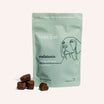
![Probiotics For Dogs [Soft Chews] - HolistaPet](http://www.holistapet.com/cdn/shop/files/Probiotic-Infographic-1_472d7a29-e30c-435a-9638-1365d8c3a9f9.jpg?v=1725384841&width=104)
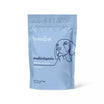
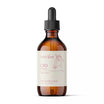



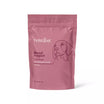
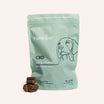
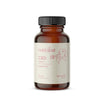
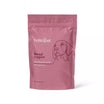
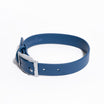
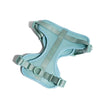
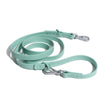
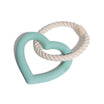
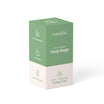
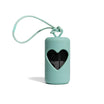




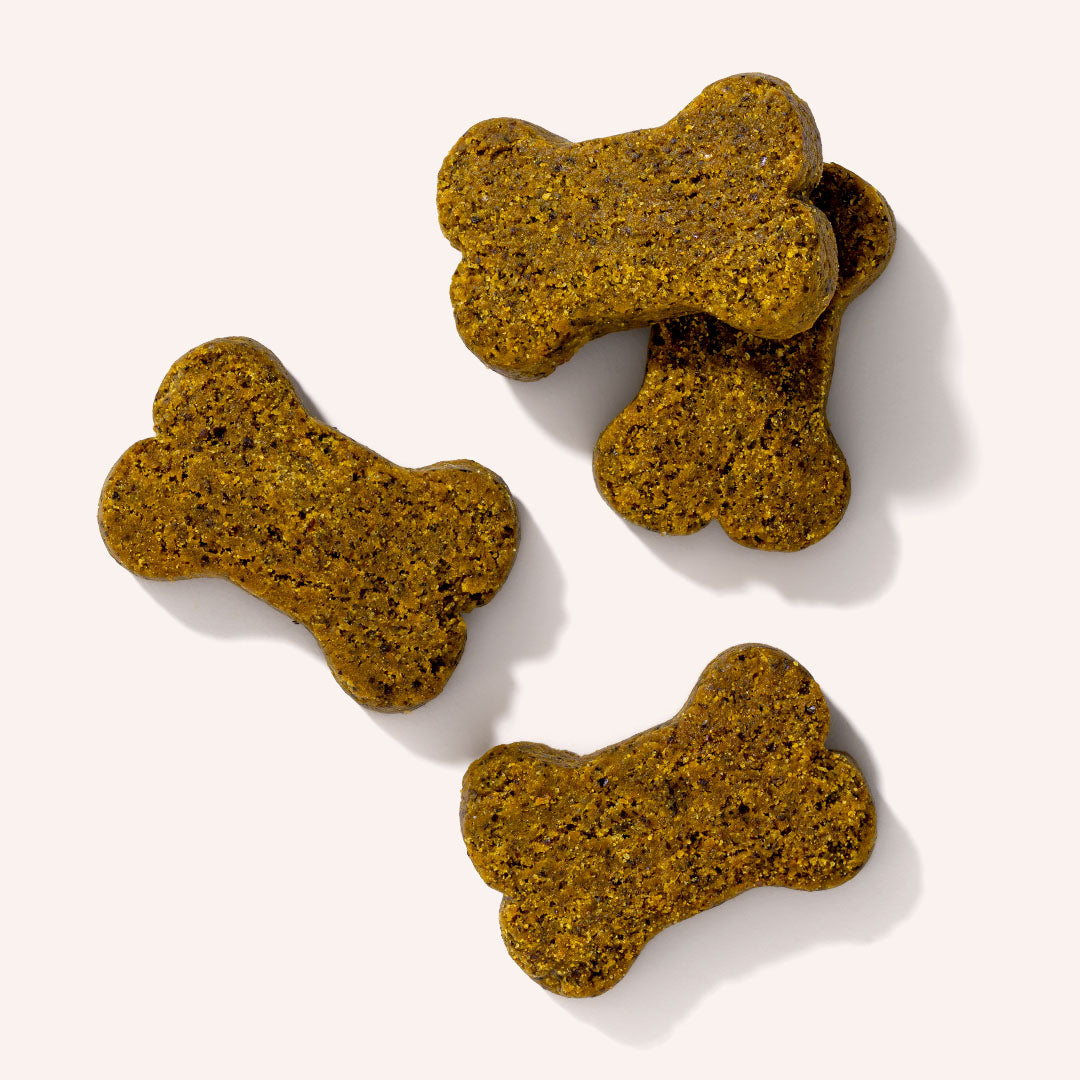

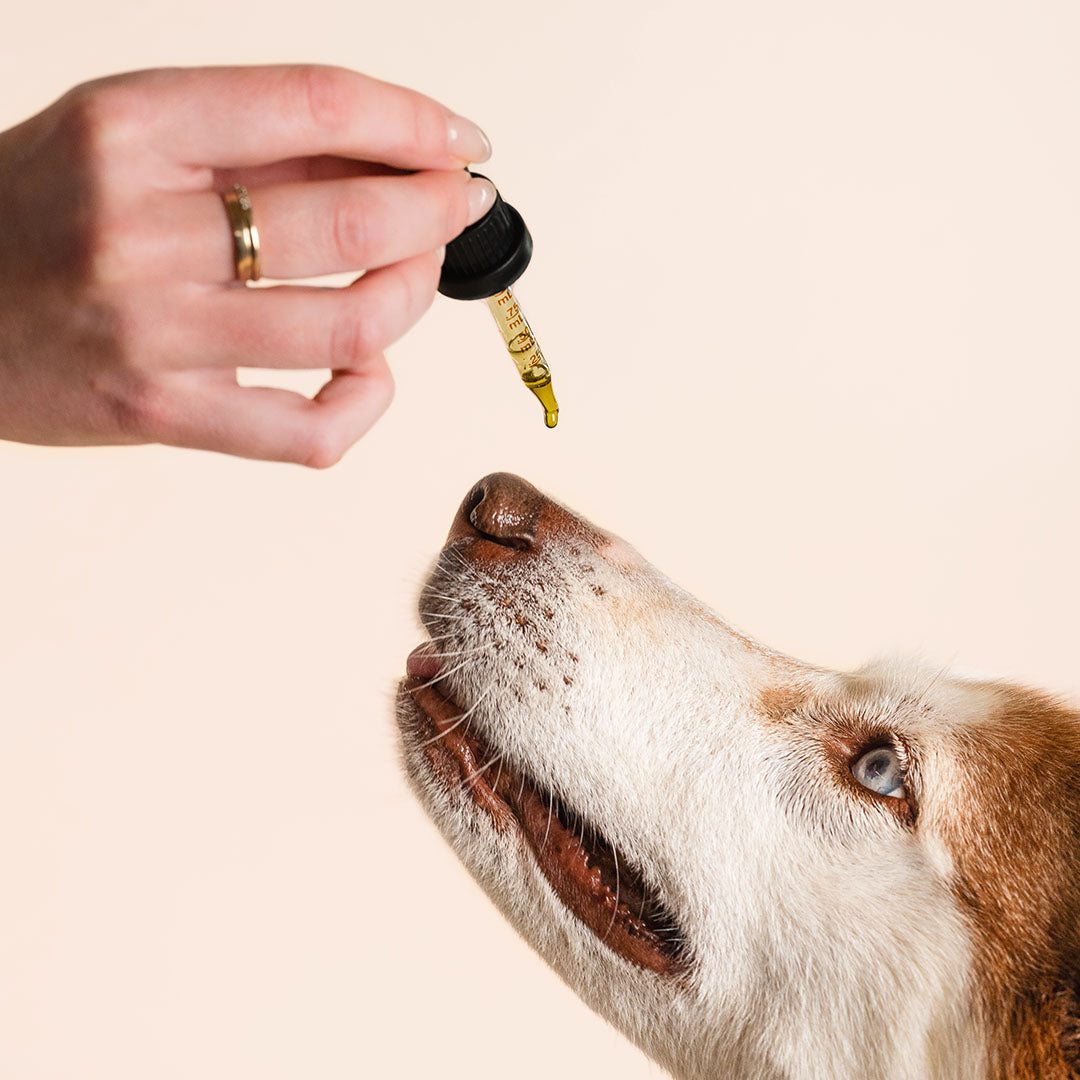


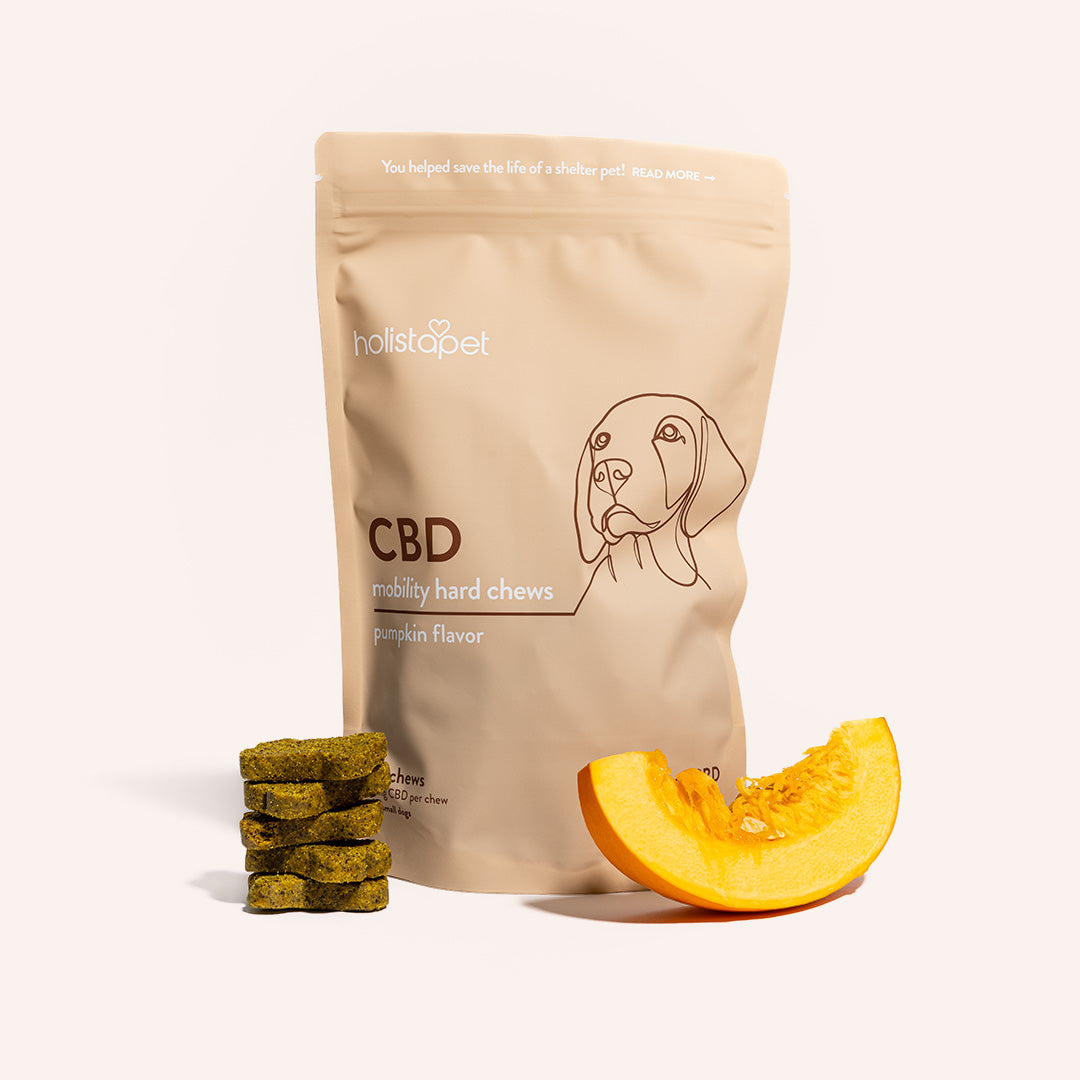
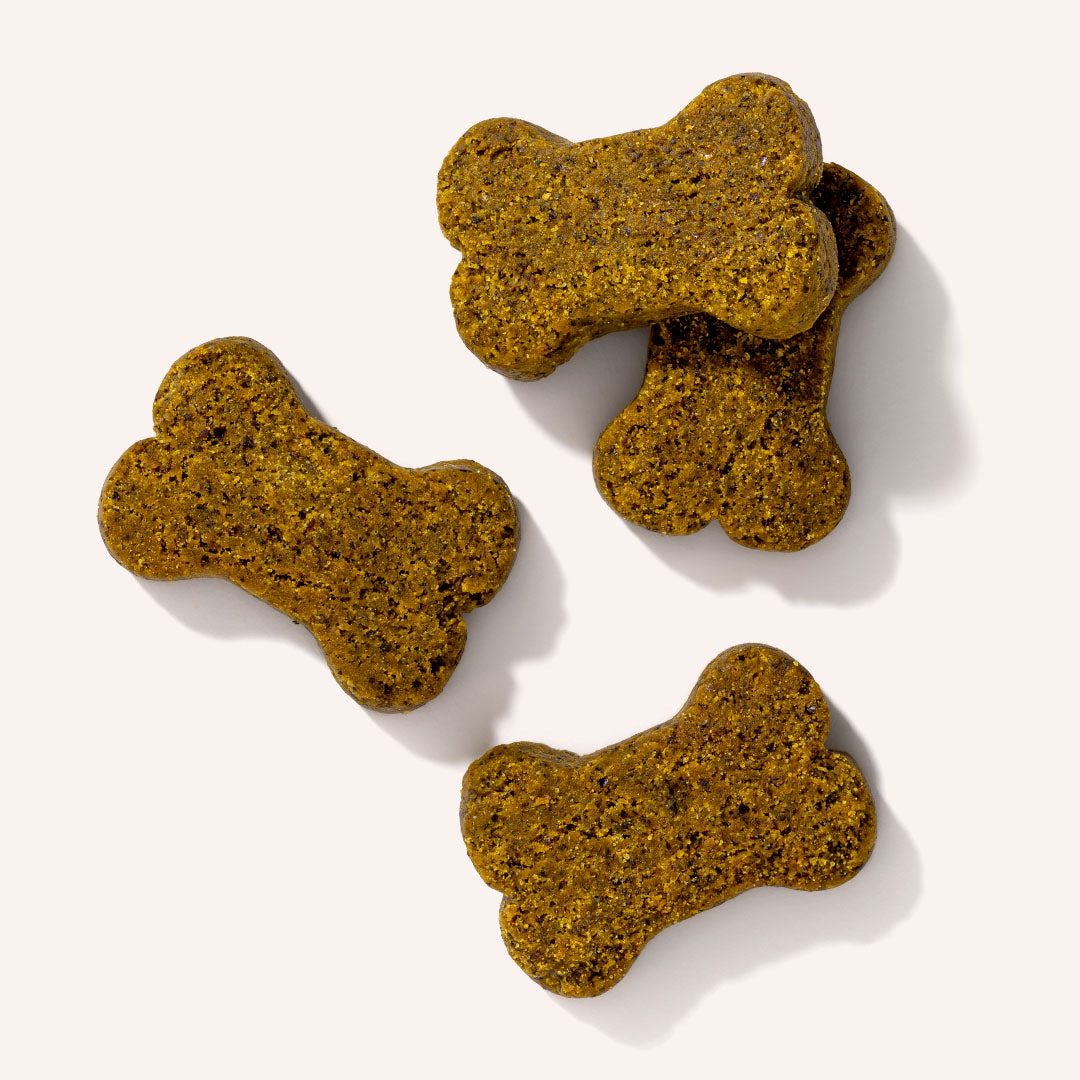

Leave a comment
All comments are moderated before being published.
This site is protected by hCaptcha and the hCaptcha Privacy Policy and Terms of Service apply.